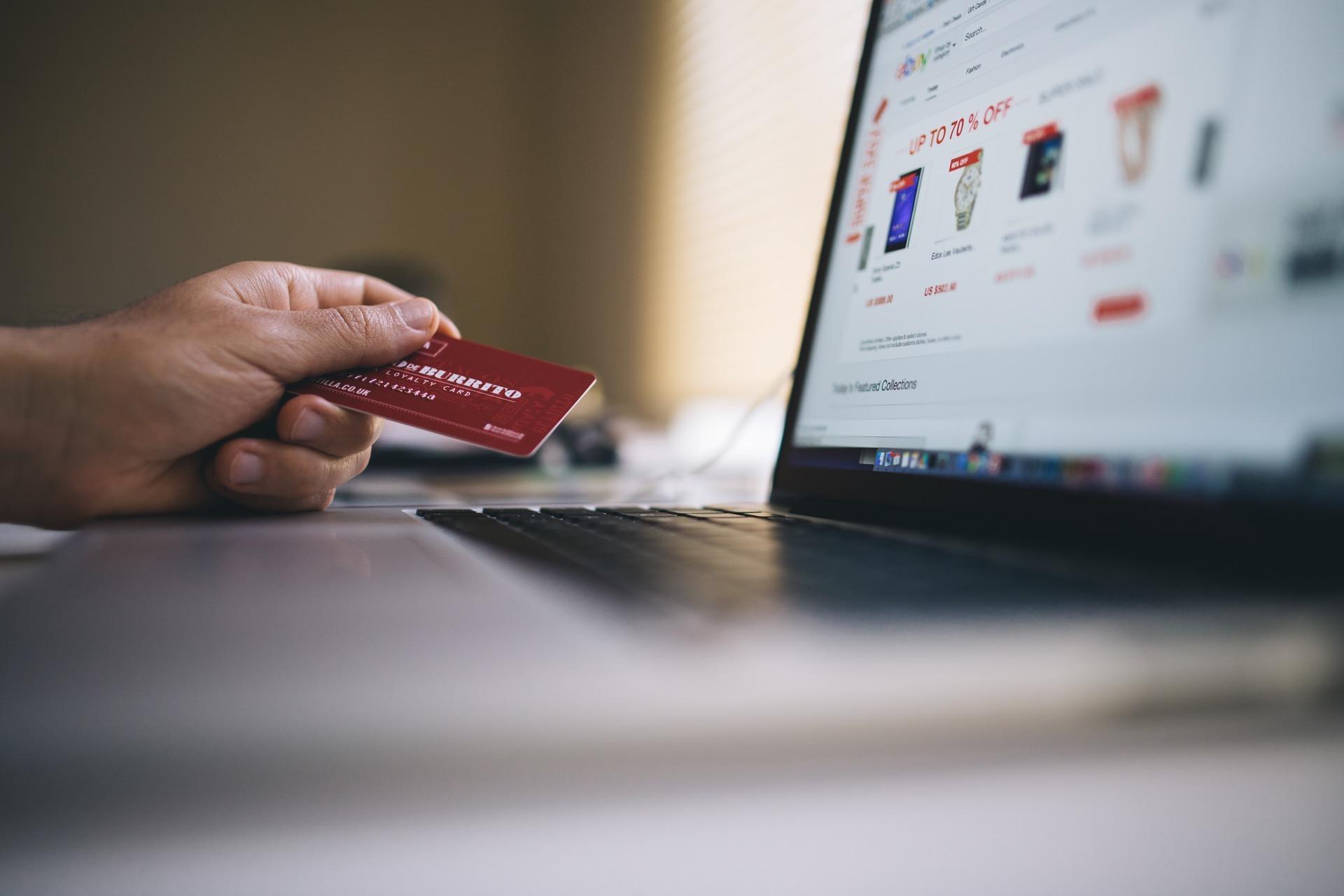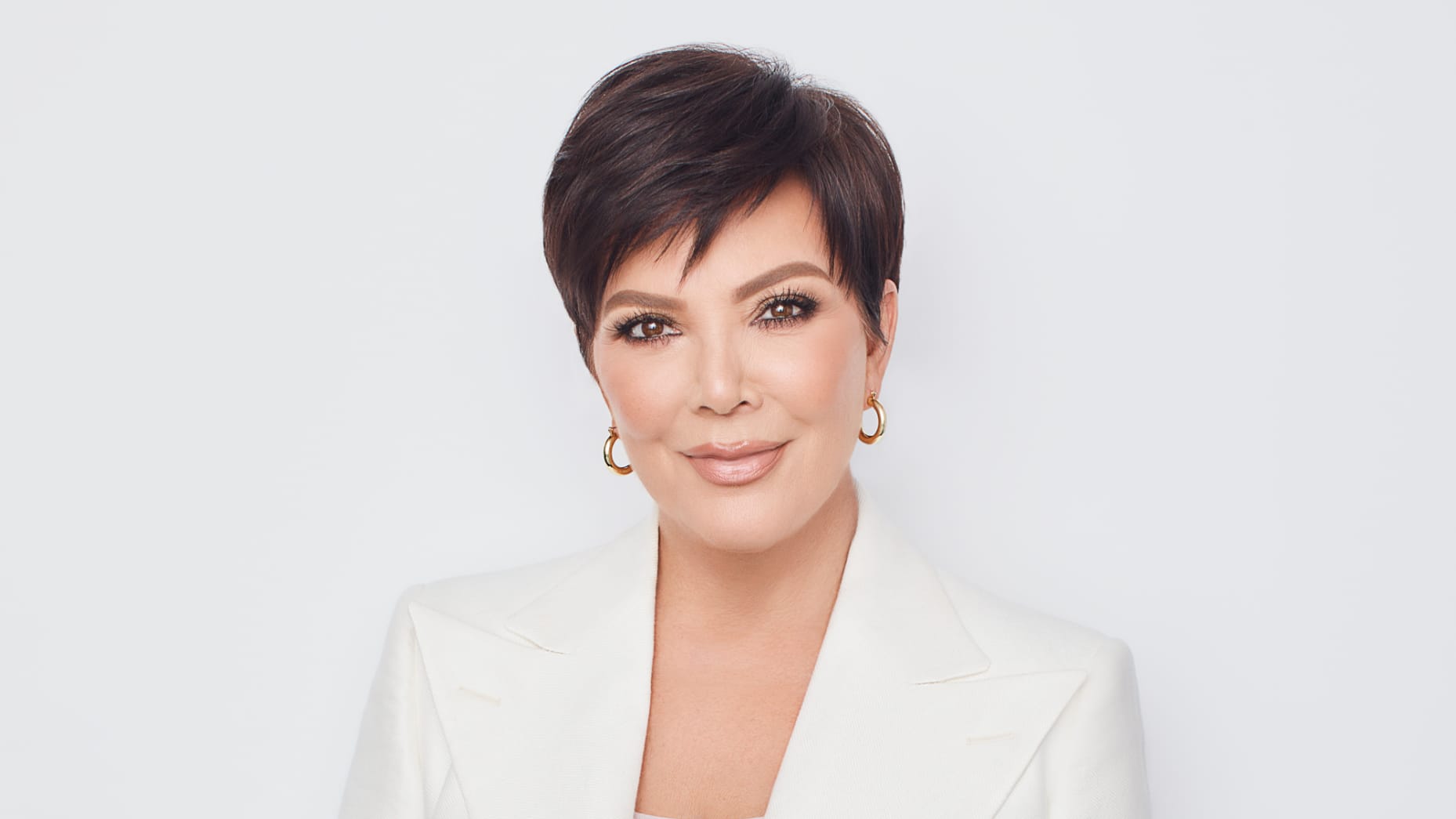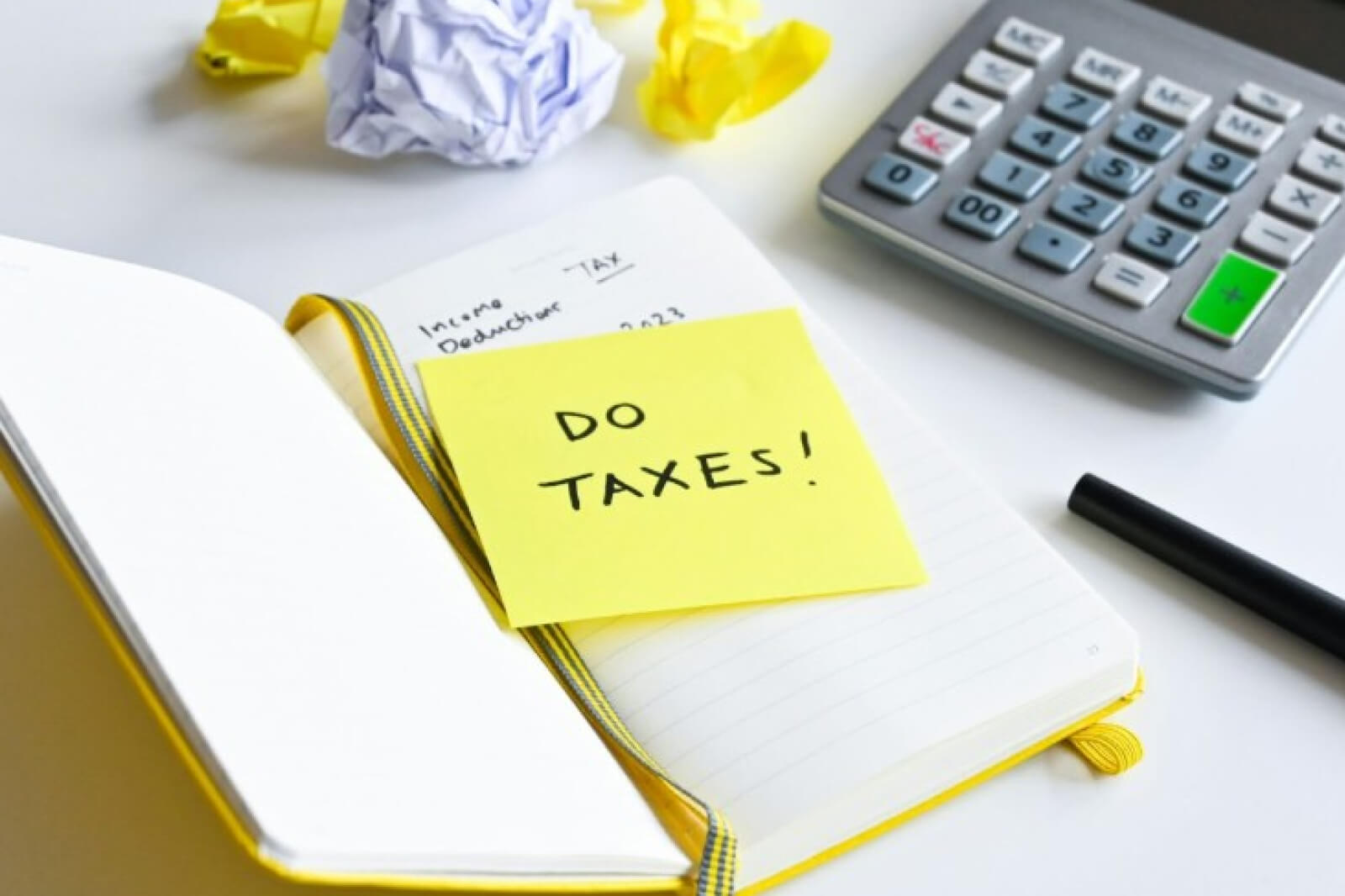Trim the Fat: Try a Spending Diet

Nov 03 | 2024

You spend $30 on Chinese takeout for just yourself on Monday. On Tuesday you bought a $5 latte. You finally purchased all the items in your shopping cart and spent $102 on Wednesday. Silver lining, you got free shipping. Thursday you went to the new craft cocktail bar. You bought yourself a drink and then a round for your friends and then another drink. You don’t even remember the final tab because you hadn’t eaten and tend to tip a little more when you are slightly buzzed.
What was Friday? You went grocery shopping and bought some green smoothies to make up for Chinese food you have been eating all week. That organic, gluten-free, and dairy-free smoothies cost an arm and a leg at $6.99 a bottle for 5 bottles. Didn’t spend any money Saturday but Sunday was brunch day. Mimosas or bust.
Have you ever thought about how much money you’re just spending? Or where your paycheck is going? Random Amazon orders, takeout, eating out, drinks, and etc. add up rather quickly. Diets are no fun when it comes to food, but when it comes to spending, a diet can help you control how much money leaves your wallet.
1. Assess your cash flow.
How much money is spent on necessary bills and expenses? Spotify, subscription boxes, and the gym membership that you don’t use do not count. Rent, insurance, transportation, phone, internet, food, and other services you rely on a daily services Including what you aside for savings, calculate exactly how much is needed each month. Write a list of all of the services and places you habitually spend money on but aren’t necessary. If you don’t know, go through your bank and credit card statements. Calculate the total amount of your spending. Once you get over the sticker shock, it’s time to come up with a plan.
2. Cut out the unnecessary for 30 days or more.
Now that you are conscious of how you’ve been using money, it’s time to trim the fat. That list of places, events and activities you unnecessarily spend just became the things you are cutting out of your life for at least 30 days. Try not to spend money on anything but bills, transportation and groceries. Start with 30 days but try to stretch it to 90 days to develop a pattern on conscious spending.
This is a great time to think about your financial goals. Since you’re not eating at the neighborhood hotspot you need a grocery list for each week. If you’re used to a fast-paced lifestyle, look for free things to do. Or better yet, work on your to-do list that seems to never get done. Clean out your closet, read books or be a tourist in your own city.
3. Selectively add what you genuinely miss spending money on.
Once you get past tour allotted time you might notice you don’t really miss the things you thought you needed. The things you really missed, like your Spotify subscription, can be added back into your expenses. Even if you’re eating out or shopping again, be more thoughtful of your purchases and consumption. Less is really more.










